Full-spectrum: Gerhard Richter’s Colour Charts at Dominique Lévy
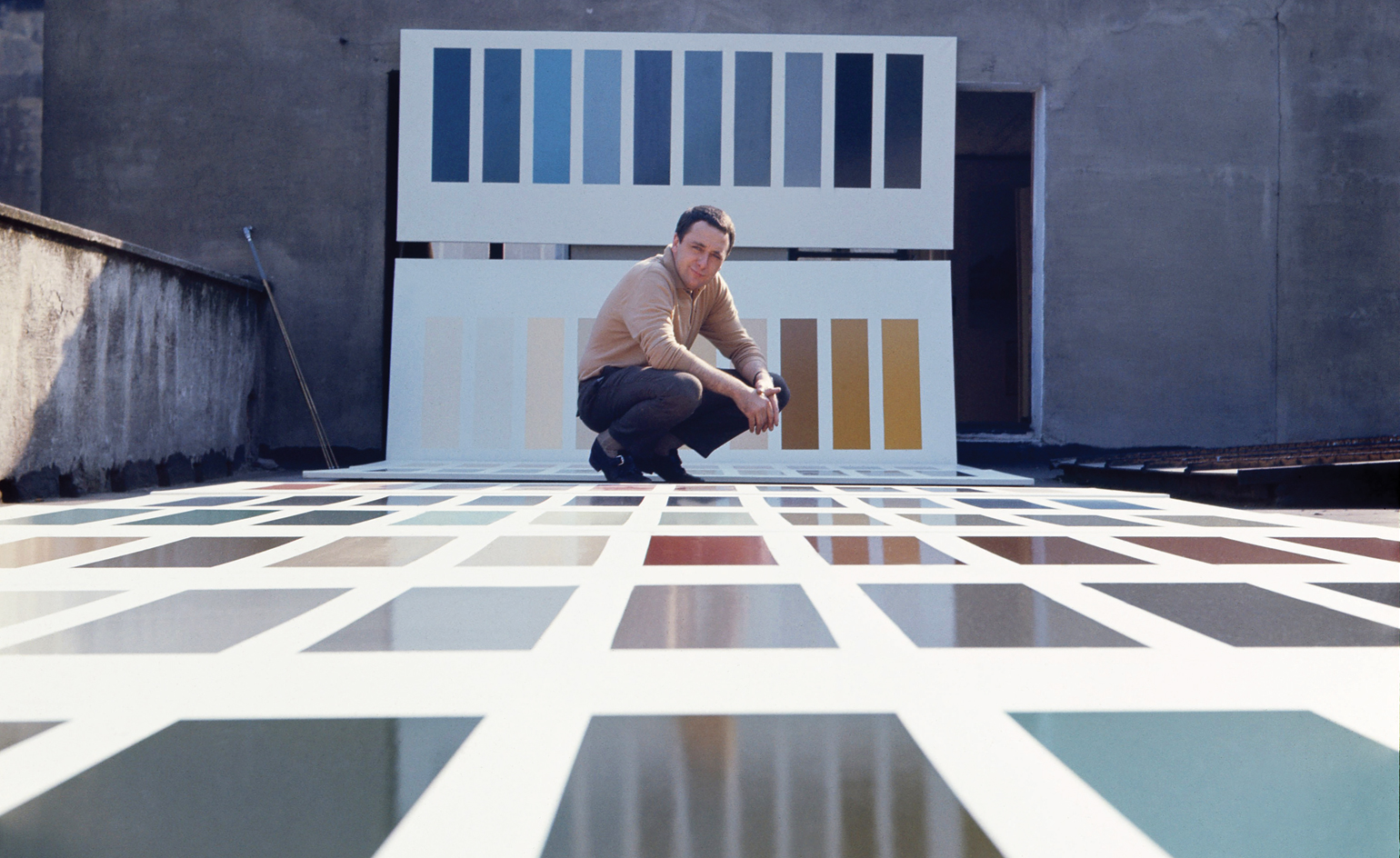
Concealed round the back of Dominique Lévy's first-floor Bond Street gallery is a typical photo-painting from Gerhard Richter’s mid-1960s greyscale period. It is out of place in this gathering of the artist’s Colour Charts, a dozen colour-block paintings inspired by a Ducolux paint-sample card from a Düsseldorf hardware store.
But it is the big surprise of this Frieze-season show, curated by Lock Kresler. Kresler has mounted it perpendicular to the wall, like a pub sign, so you can see the reverse: a grid of reds in various shades. Back in 1965 when he painted it, Richter was reacting against Pop by experimenting with non-figurative, non-emotional colour compositions. But the artist harboured second thoughts about revealing such a brazen 'readymade' at that moment. Against the wall it went.
The suite of reds is the first evidence of the Richter most of us know. The following year – in an exhibition at Munich’s Galerie Friedrich & Dahlem that was violently criticised – he would unveil 19 such paintings, starting with 192 Colours, a grid of Ducolux squares 12 down and 16 across. This canvas is the most textural and painterly in the series, as Richter used sweeping brushstrokes with the oils he’d become used to in his work. The others are painted in a more neutral industrial lacquer, yet, says Levy, 'seeing them all together, they way they relate to each other, there’s a musicality. The togetherness is important.'
This is the first exhibition since 1966 to gather so many Colour Charts together in one place. Kresler has even included an original Ducolux chart in a mini-exhibit of source materials. By the 1970s, Richter had abandoned his colour-blocking for a different sort of multi-coloured abstract art. But the Colour Chart series was his entrée, too good to face the wall.
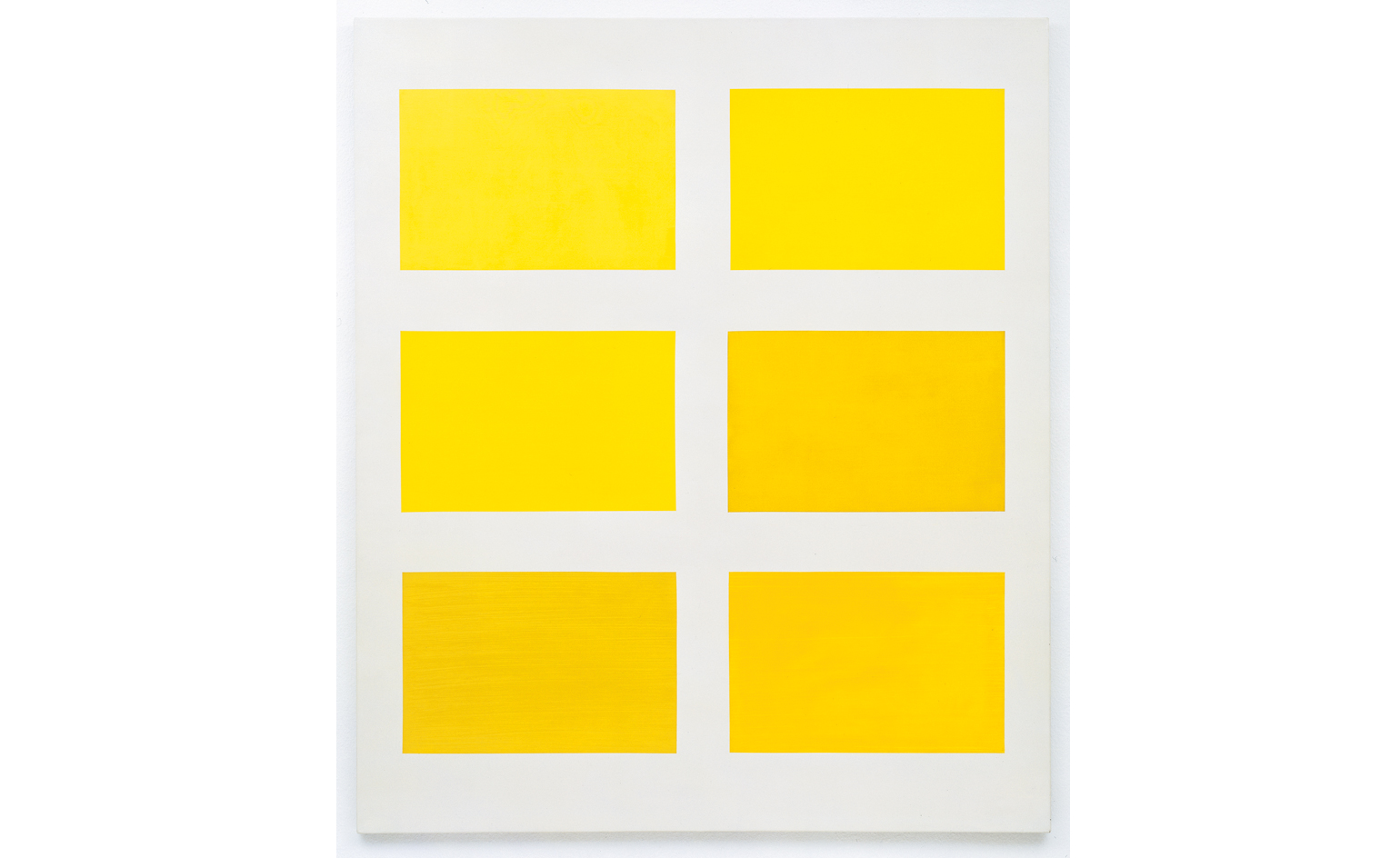
Richter created the works as a reaction to the Pop movement, experimenting with non-figurative, non-emotional colour compositions. Pictured: Sechs Gelb (Six Yellows), 1966. Courtesy the artist and Museum Frieder Burda, Baden-Baden
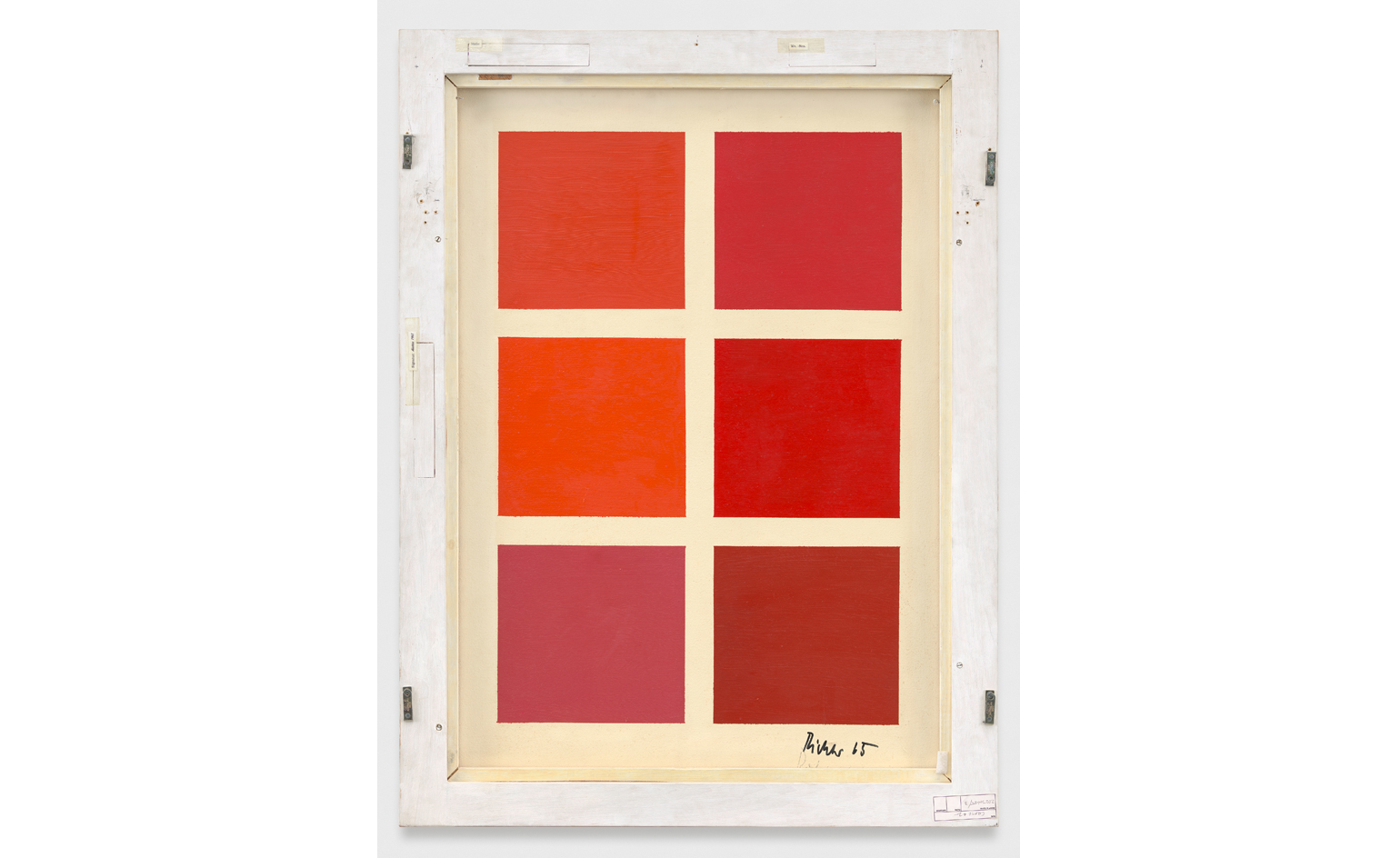
The suite of reds is the first evidence of the Richter most of us know. Pictured: Sänger (Singer), 1965/1966. Courtesy the artist and the Collection of Marsha and Jeffrey Perelman Delfanne
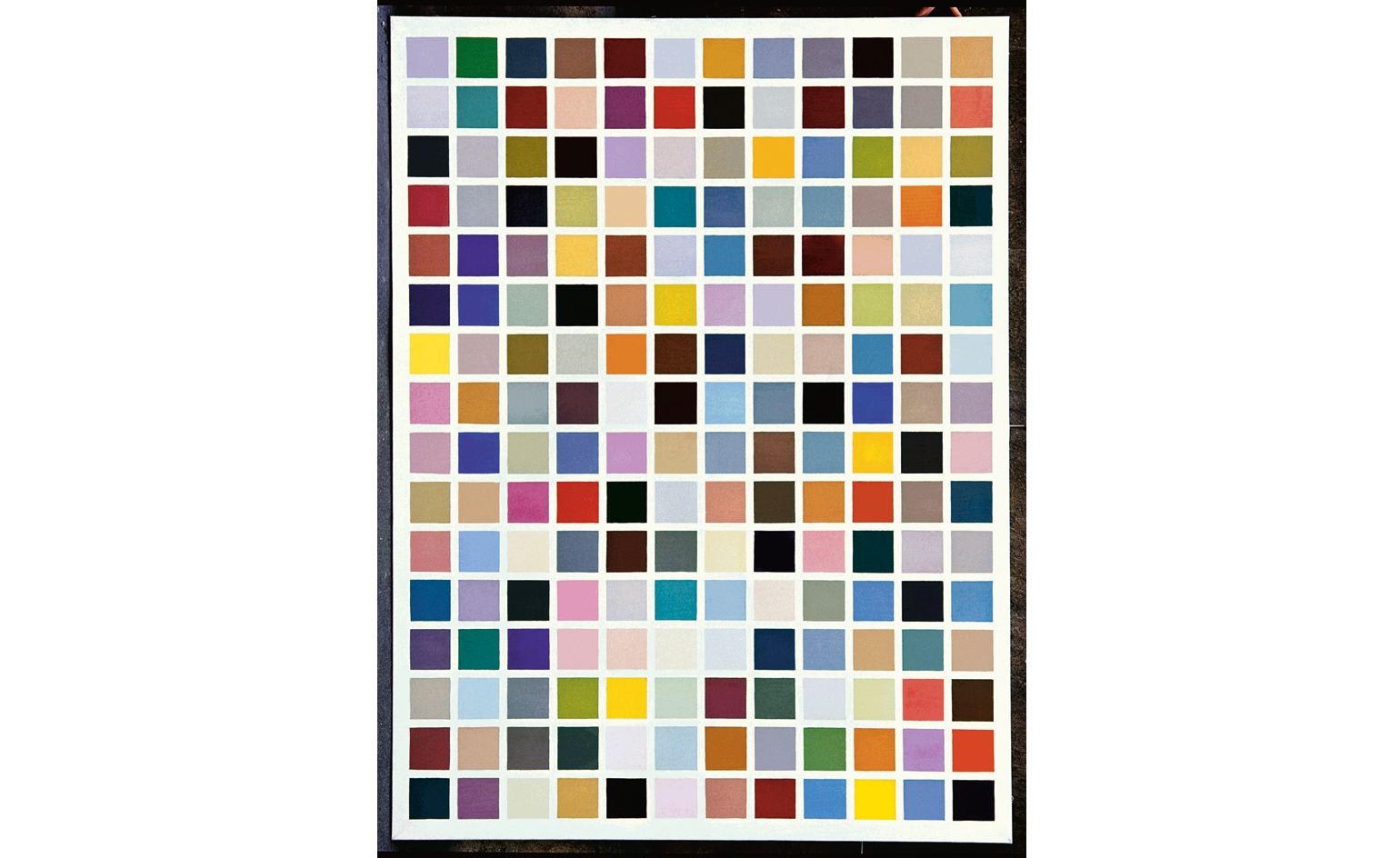
In 1966, Richter revealed 192 Colours at Munich's Galerie Friedrich & Dahlem, to a wave of aggressive criticism. Pictured: 192 Farben (192 Colours), 1966. Courtesy Elisabeth and Gerhard Sohst Collection
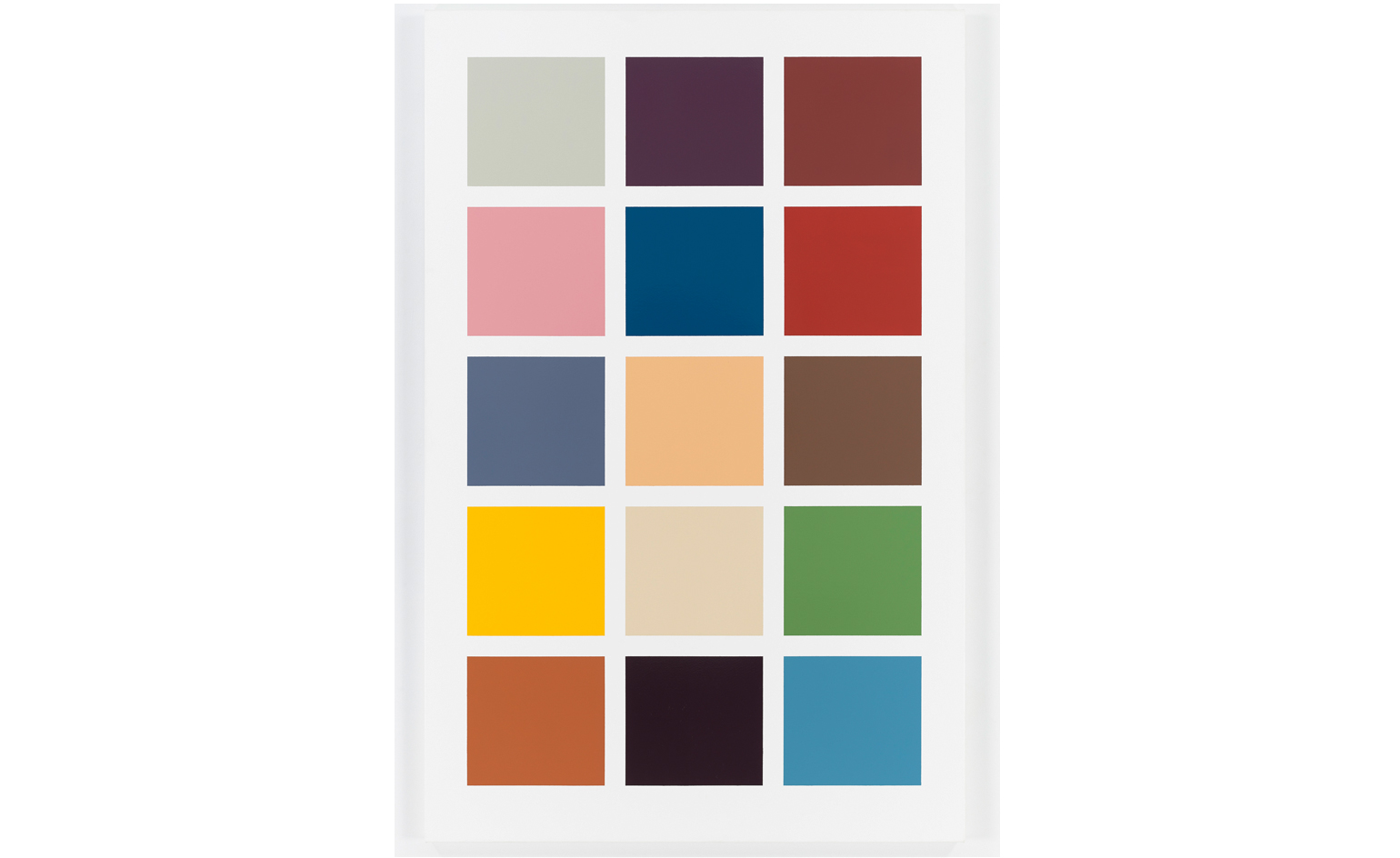
This is the first exhibition since 1966 to bring together so many Colour Charts in one place. Pictured: Fünfzehn Farben (Fifteen Colours), 1966–1996.
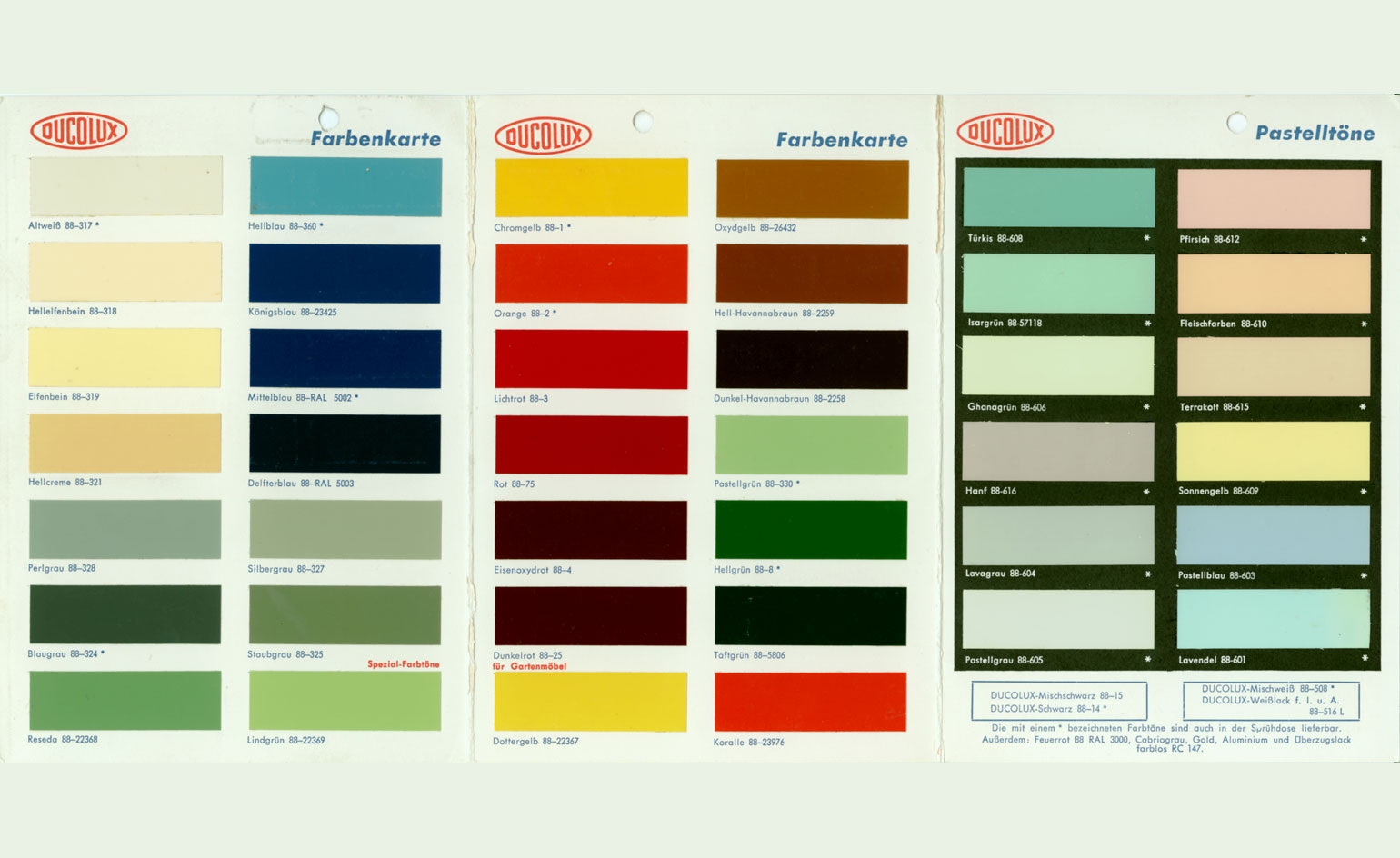
Curator Lock Kresler has even included an original Ducolux chart in a mini-exhibit of source materials. Pictured: sample card for enamel paint from Ducolux, 1963
INFORMATION
'Gerhard Richter: Colour Charts' is on view until 16 January 2016
ADDRESS
Dominique Lévy
22 Old Bond Street
London, W1S 4PY
Wallpaper* Newsletter
Receive our daily digest of inspiration, escapism and design stories from around the world direct to your inbox.
Based in London, Ellen Himelfarb travels widely for her reports on architecture and design. Her words appear in The Times, The Telegraph, The World of Interiors, and The Globe and Mail in her native Canada. She has worked with Wallpaper* since 2006.
-
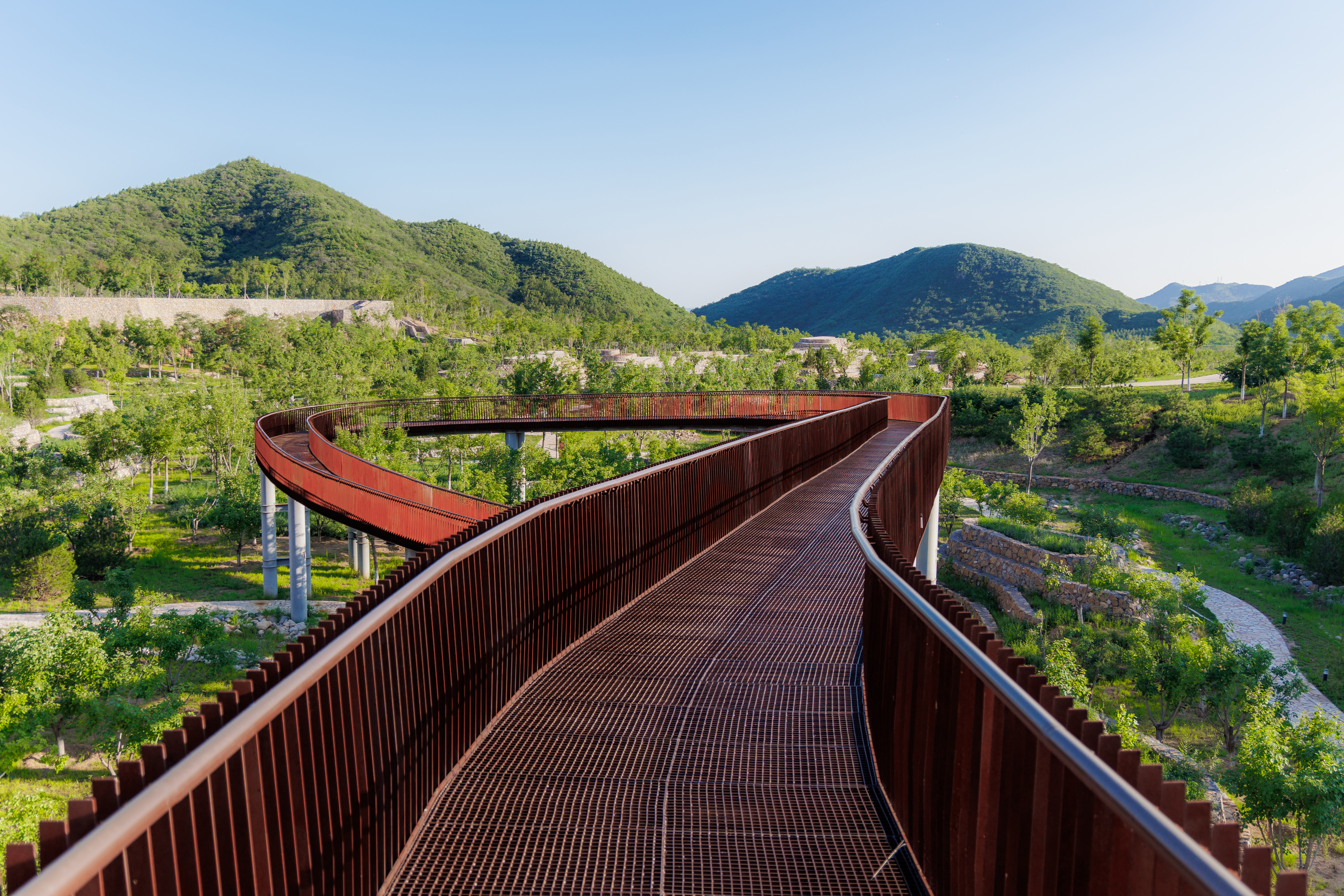 A Xingfa cement factory’s reimagining breathes new life into an abandoned industrial site
A Xingfa cement factory’s reimagining breathes new life into an abandoned industrial siteWe tour the Xingfa cement factory in China, where a redesign by landscape specialist SWA Group completely transforms an old industrial site into a lush park
By Daven Wu
-
 Put these emerging artists on your radar
Put these emerging artists on your radarThis crop of six new talents is poised to shake up the art world. Get to know them now
By Tianna Williams
-
 Dining at Pyrá feels like a Mediterranean kiss on both cheeks
Dining at Pyrá feels like a Mediterranean kiss on both cheeksDesigned by House of Dré, this Lonsdale Road addition dishes up an enticing fusion of Greek and Spanish cooking
By Sofia de la Cruz
-
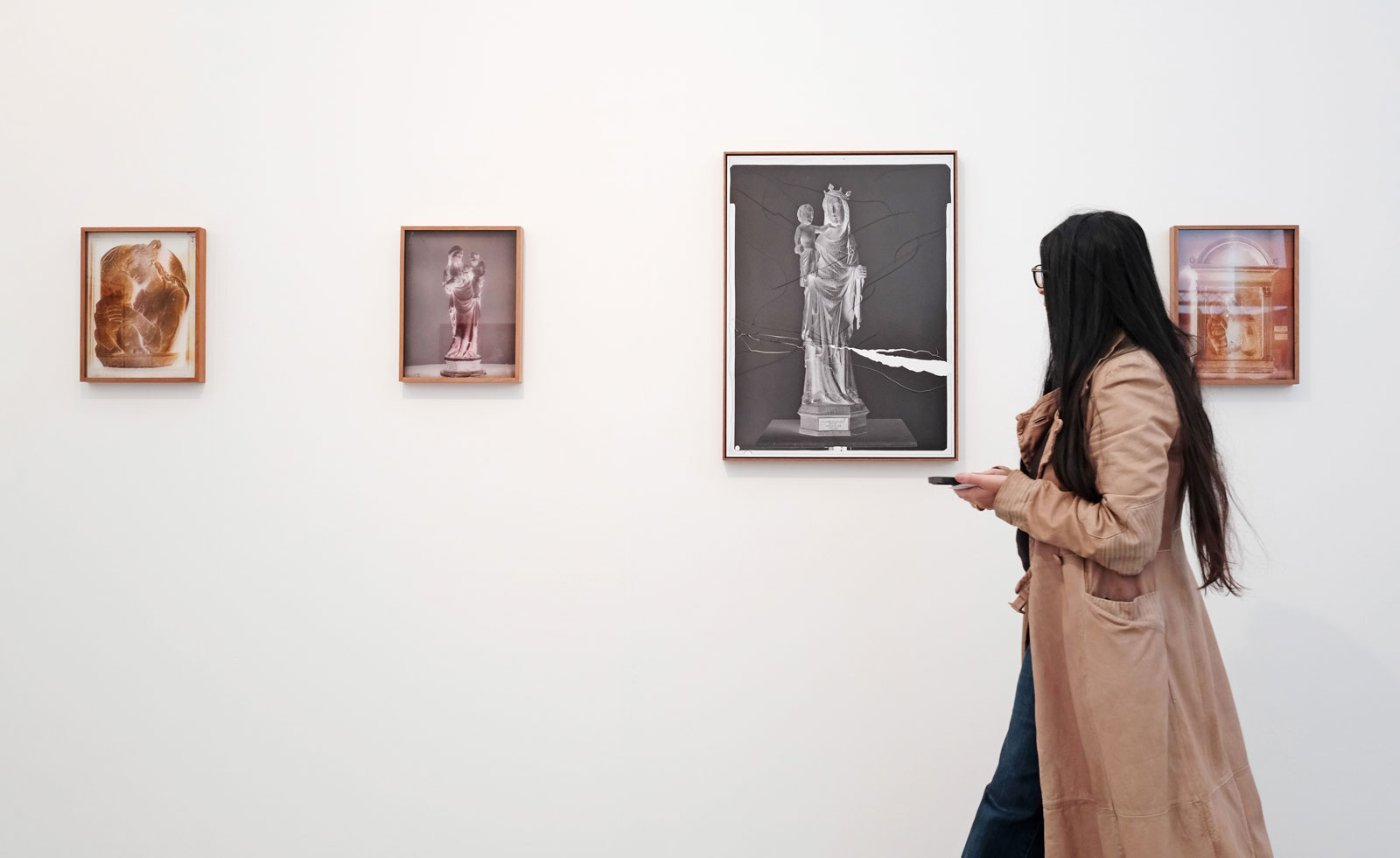 Don't miss these seven artists at Frieze Los Angeles
Don't miss these seven artists at Frieze Los AngelesFrieze LA returns for its sixth edition, running 20-23 February, showcasing over 100 galleries from more than 20 countries, as well as local staples featuring the city’s leading creatives
By Annabel Keenan
-
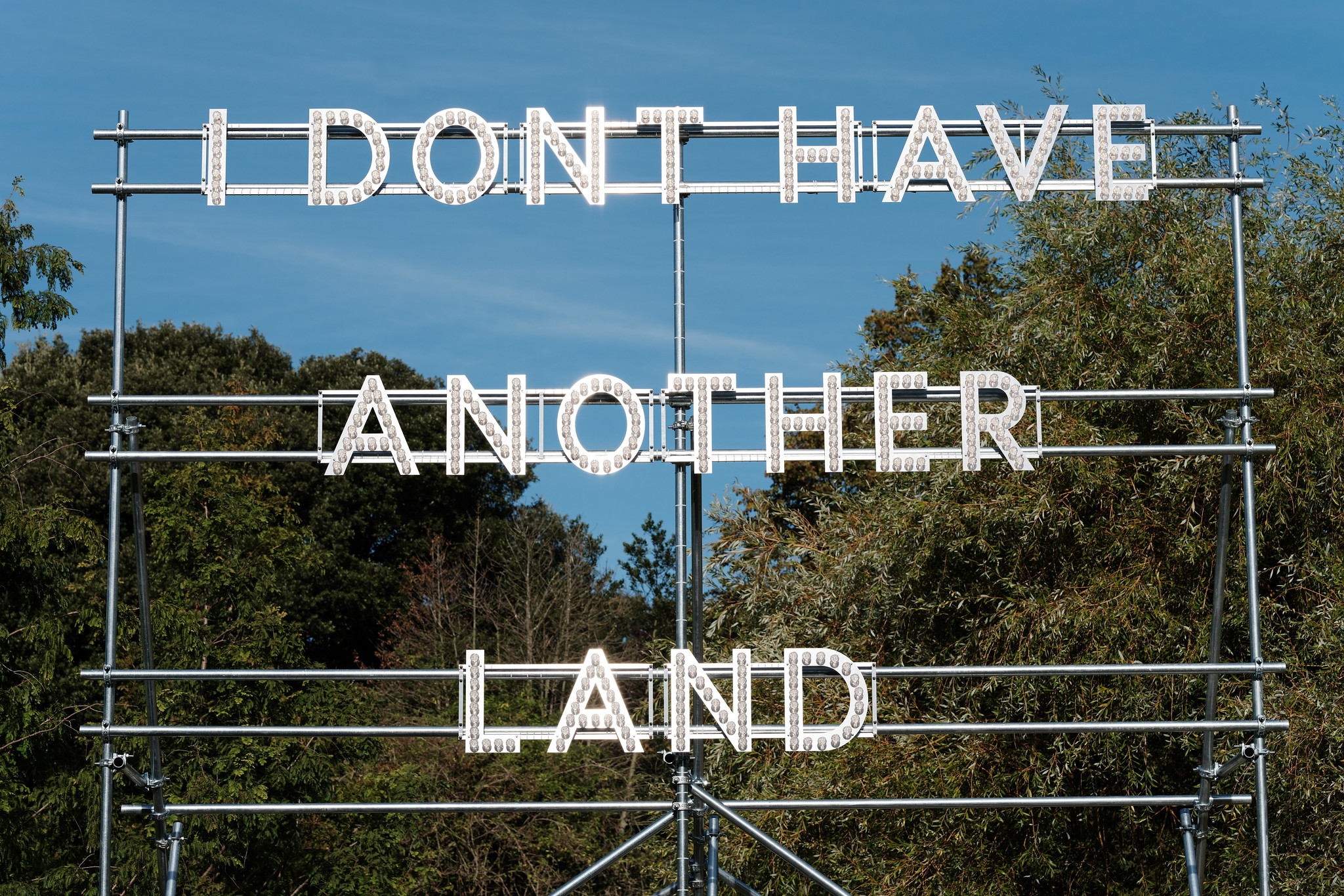 Frieze Sculpture takes over Regent’s Park
Frieze Sculpture takes over Regent’s ParkTwenty-two international artists turn the English gardens into a dream-like landscape and remind us of our inextricable connection to the natural world
By Smilian Cibic
-
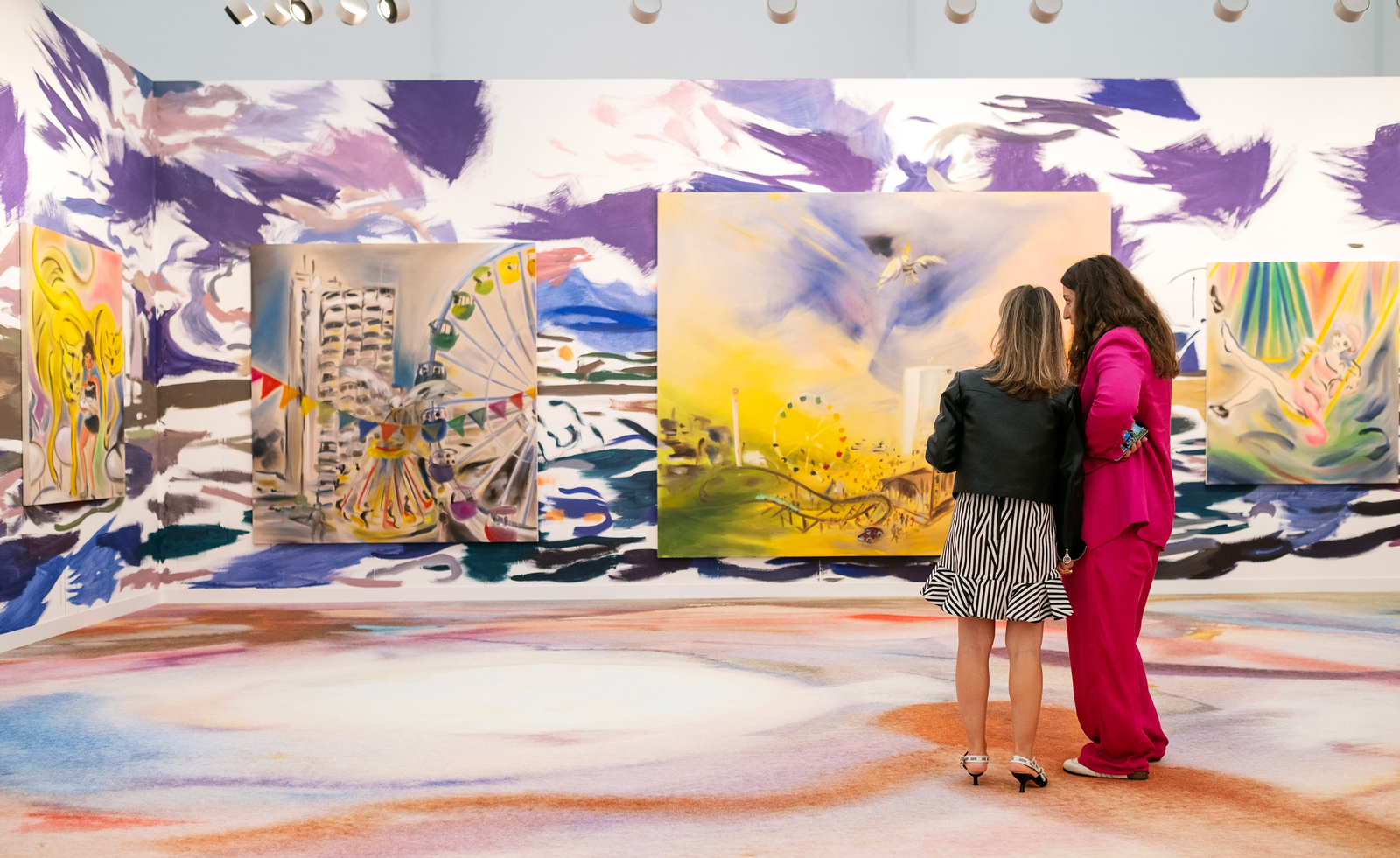 Frieze London 2024: everything to see and do
Frieze London 2024: everything to see and doLondon Frieze Week runs until 13 October 2024; here are the must-sees inside and outside the fair
By Amah-Rose Abrams
-
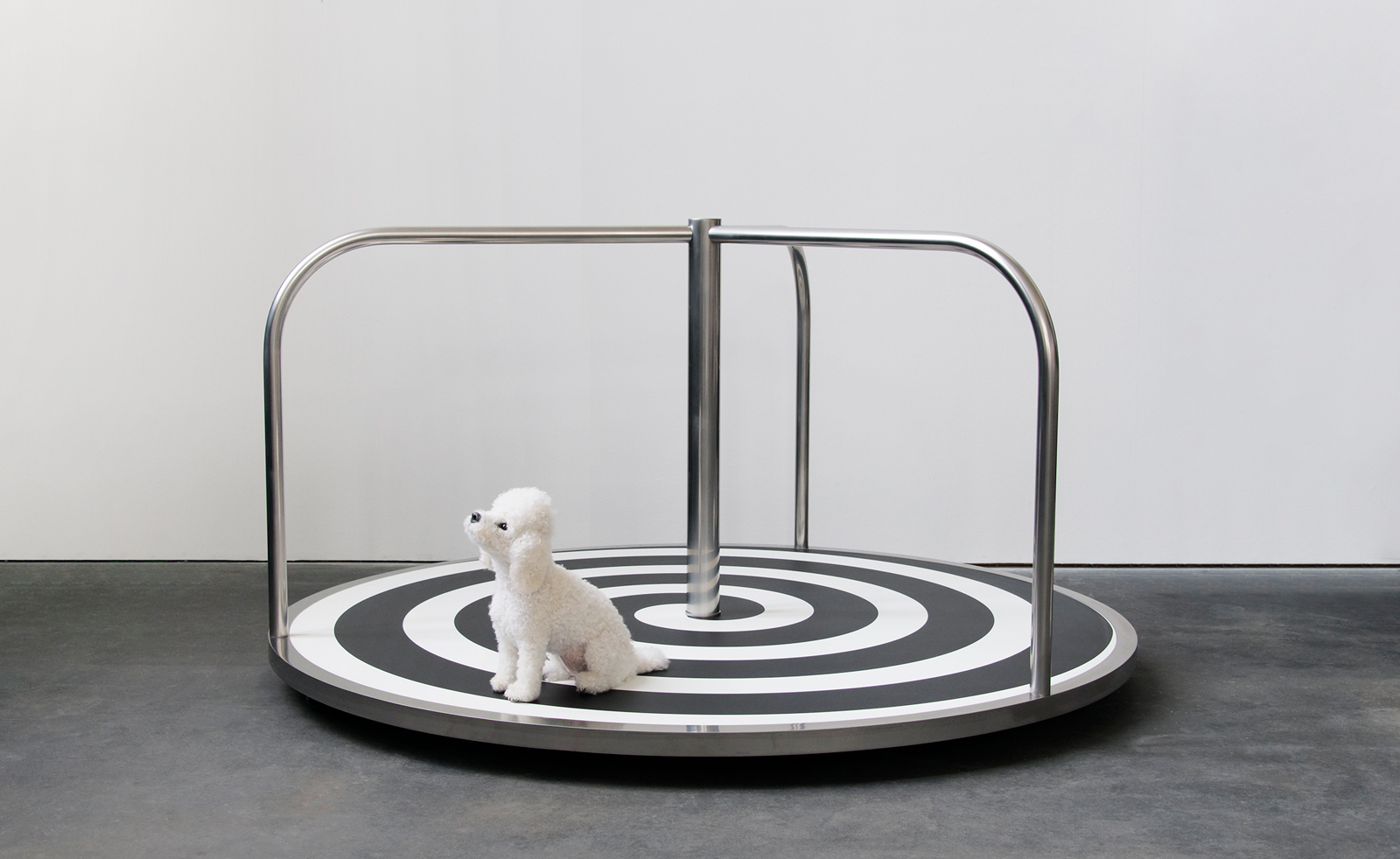 Frieze New York 2024: what to see in and around the city
Frieze New York 2024: what to see in and around the cityFrieze New York 2024 (until Sunday 5 May) sees the city’s ample spring season programming celebrated at The Shed
By Osman Can Yerebakan
-
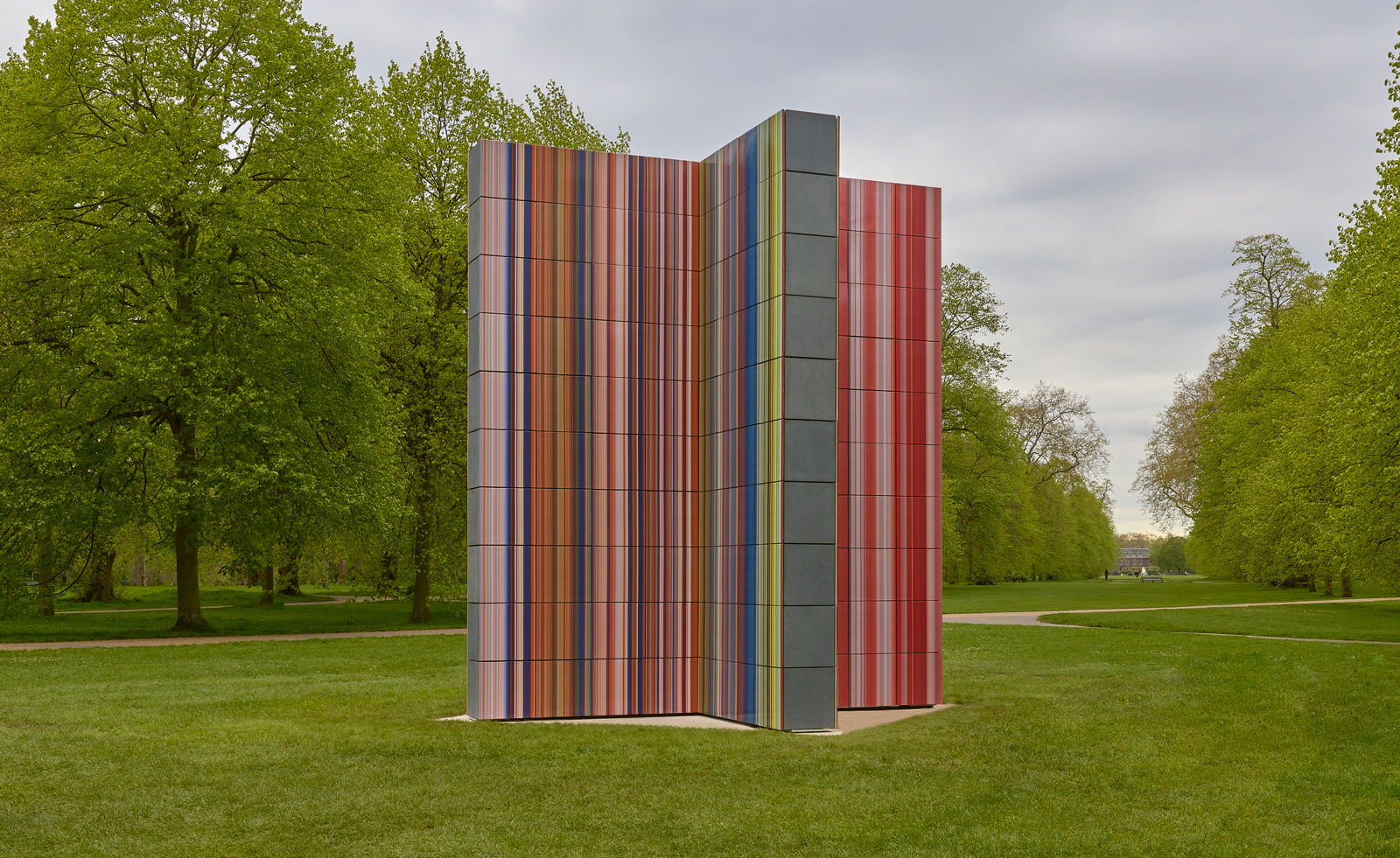 Gerhard Richter unveils new sculpture at Serpentine South
Gerhard Richter unveils new sculpture at Serpentine SouthGerhard Richter revisits themes of pattern and repetition in ‘Strip-Tower’ at London’s Serpentine South
By Hannah Silver
-
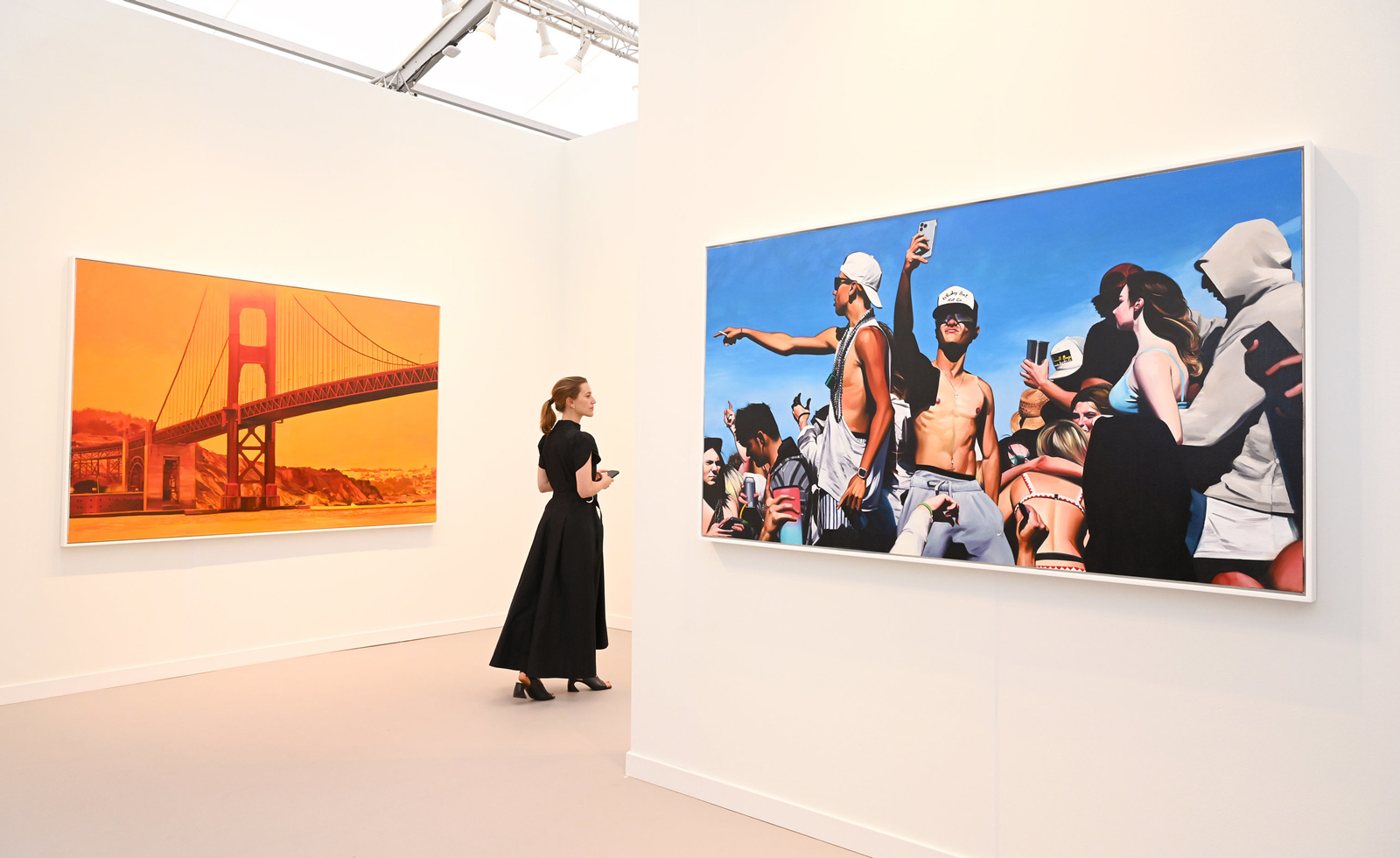 Frieze LA 2024 guide: the art, gossip and buzz
Frieze LA 2024 guide: the art, gossip and buzzOur Frieze LA 2024 guide includes everything you need to know and see in and around the fair
By Renée Reizman
-
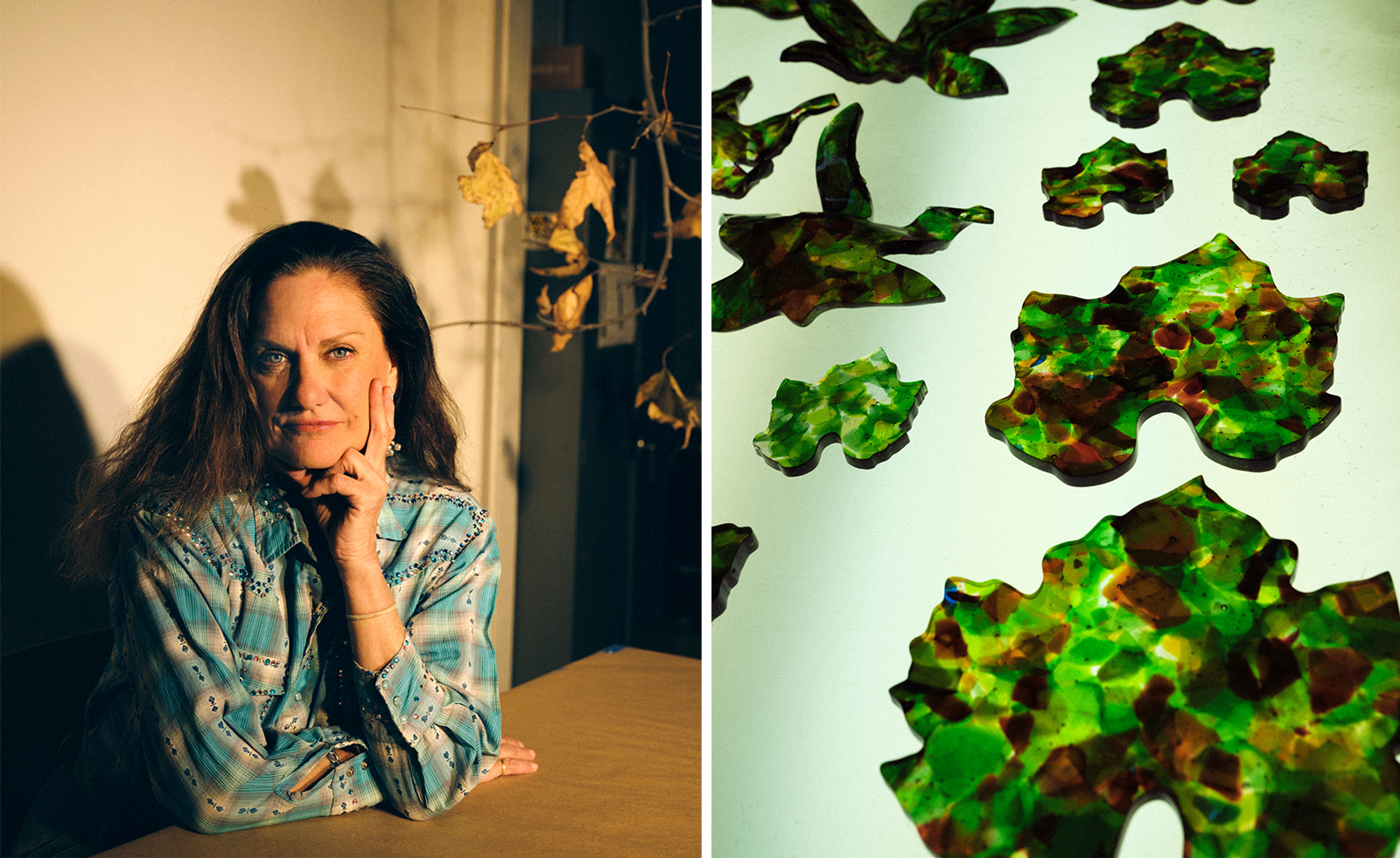 Andrea Bowers’ sculptural chandelier for Ruinart reflects a shared commitment to environmental conservation
Andrea Bowers’ sculptural chandelier for Ruinart reflects a shared commitment to environmental conservationAndrea Bowers has partnered with Ruinart to create a work to be unveiled at Frieze LA, before it finds a permanent home at Maison Ruinart’s HQ in Reims
By Hannah Silver
-
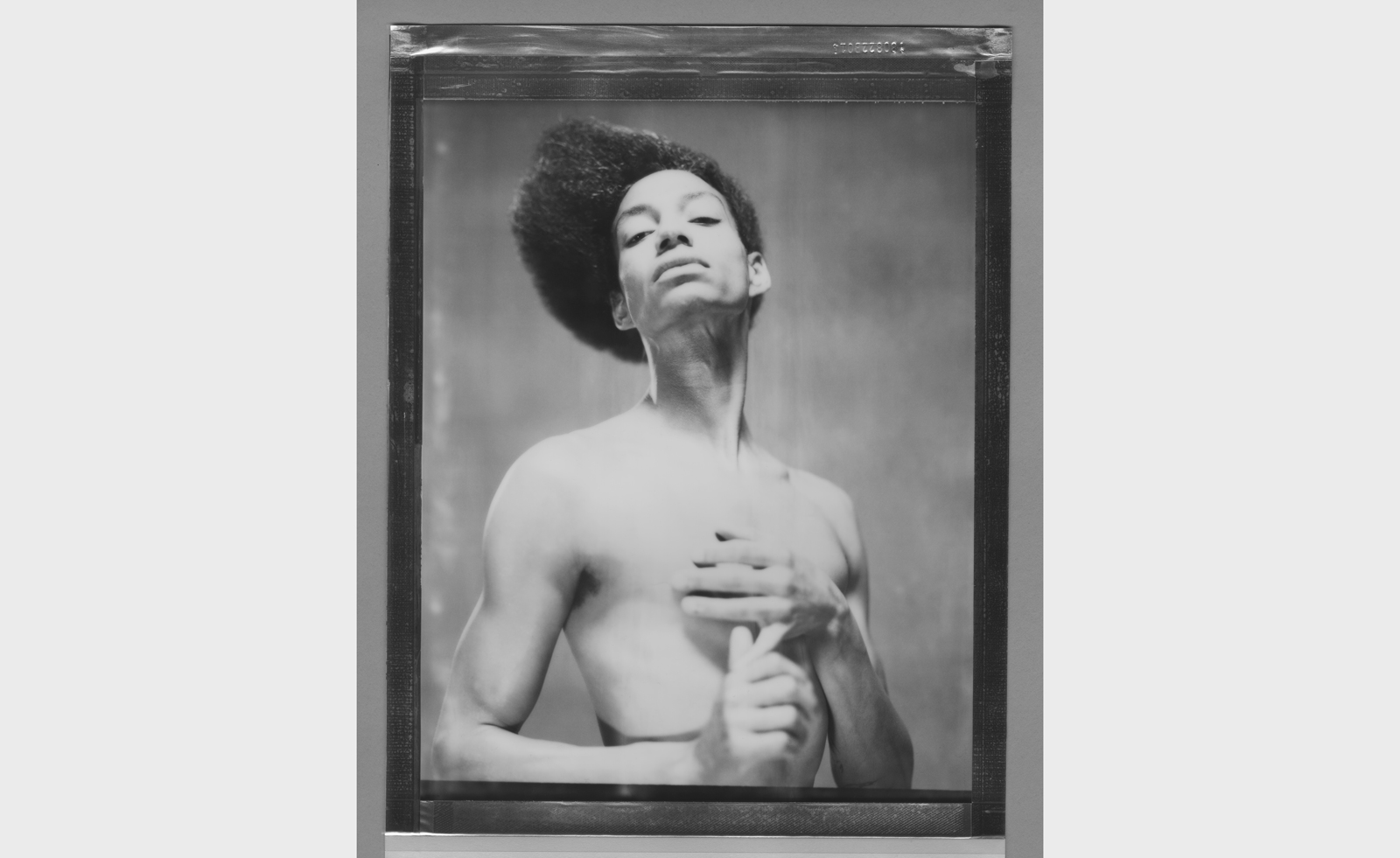 MJ Harper’s performance piece at London’s Koko will close Frieze Week in style
MJ Harper’s performance piece at London’s Koko will close Frieze Week in styleArtist MJ Harper will premiere ‘Arias for a New World’ at Koko in London this Sunday, 15 October 2023
By Amah-Rose Abrams